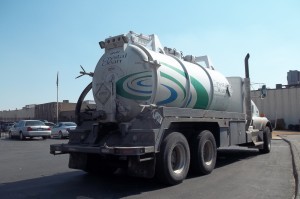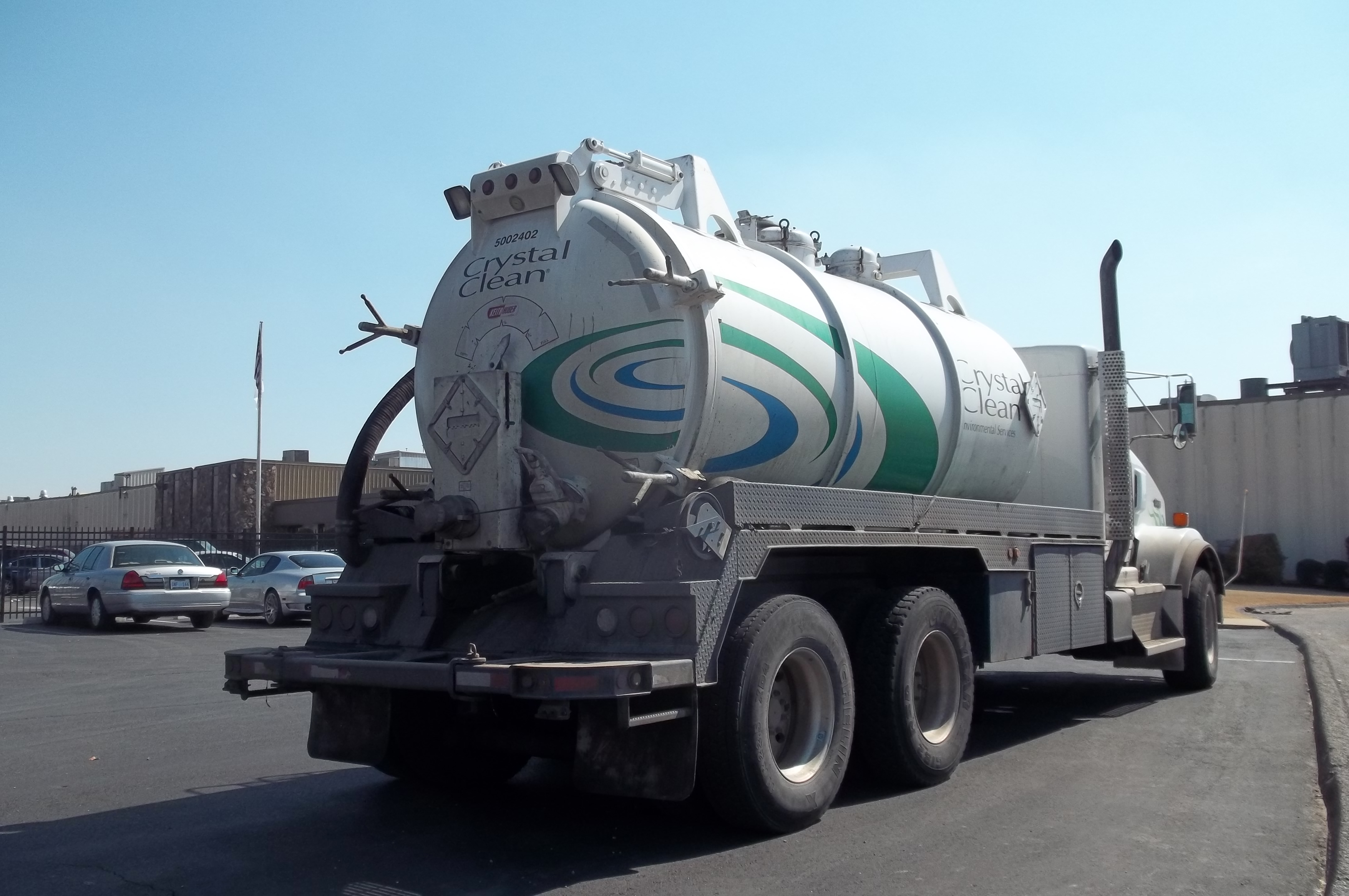 The regulations of the Pipeline and Hazardous Materials Safety Administration (PHMSA) include specific requirements for Shipper and Carriers of certain quantities of oil. The purpose of this article is to identify and explain the responsibilities of a Carrier of certain quantities of oil to complete and maintain a Response Plan.
The regulations of the Pipeline and Hazardous Materials Safety Administration (PHMSA) include specific requirements for Shipper and Carriers of certain quantities of oil. The purpose of this article is to identify and explain the responsibilities of a Carrier of certain quantities of oil to complete and maintain a Response Plan.
First of all, the requirement for a Response Plan is not found with the Hazardous Materials Regulations (HMR) of PHMSA – Subchapter C of Chapter I of Subtitle B of Title 49 in the Code of Federal Regulations – but rather, all on their own in Part 130 of Subchapter B – Oil Transportation. Read here for a full explanation of Part 130 – Oil Spill Prevention and Response Plans.
It is important to note that there are two different Response Plans specified by Part 130 at §130.31(a) and §130.31(b), respectively: a basic written plan and a comprehensive written plan. Both of these will be explained below.
Basic Written Plan:
Required content for basic written plan:
- Identify the maximum potential discharge of oil that may occur during transportation.
- i.e. What’s the worst spill that could happen?
- Identify the manner in which the Carrier will respond to any potential discharge of oil that may occur during transportation.
- i.e. What steps will you and your employees (see next point) take in the event of a spill?
- Identify the private personnel that are available from the Carrier to respond to any potential discharge of oil that may occur during transportation.
- i.e. Whom do you have on the payroll – or paid contractor – that can and will respond to a spill?
- Identify the private equipment that is available from the Carrier to respond to any potential discharge of oil that may occur during transportation.
- i.e. What equipment do you – or a paid contractor – own and have available to respond to a spill?
- Identify the persons and agencies (with phone numbers) that will be contacted in the event of a discharge of oil during transportation. Must include the National Response Center.
- i.e. Who are you going to call in the event of a transportation oil spill? Dispatch? Company response team? Private contractor? Federal, state, and/or local emergency responders? And, of course, the National Response Center.
Also:
- The basic written plan is required for any Carrier – by highway or rail – of a quantity and type of oil that makes it subject to Part 130.
- The basic written plan only applies to potential discharges of oil that may occur when in transportation.
- The Carrier must update the basic written plan to keep it current.
- Copies of the basic written plan must be retained as follows:
- Motor Carrier must retain a copy on file at its principal place of business and at each location where motor vehicles are dispatched.
- Railroads must retain a copy on file at its principal place of business and at the dispatcher’s office.
Like this article? Subscribe to my Monthly Newsletter No marketing emails! |
Comprehensive Written Plan:
Required content for comprehensive written plan:
- Must conform to all of the requirements for a basic written plan (see above).
- So you must have the content of the basic written plan no matter what.
- Must be consistent with the requirements of both of the following:
- National Contingency Plan (40 CFR Part 300)
- Area Contingency Plan
- i.e. Can’t contradict existing response plans (national or regional).
- Identify the qualified individual(s) who is (are) familiar with the Response Plan, trained in their responsibilities, and authorized to initiate response activities.
- i.e. Who is your emergency coordinator for a spill of this significance? Be sure to research the definition of qualified individual at 49 CFR 130.5.
- Identify how Carrier will ensure immediate communication between the qualified individual and the appropriate Federal official and the persons providing spill response personnel and equipment.
- i.e. Must document methods that provide immediate communication between your qualified individual and both Federal officials and whomever will be called to respond to the spill.
- Identify and ensure the availability of private personnel (address and phone numbers) and equipment to respond to a worst case discharge of an oil transportation spill.
- i.e. It’s not enough to identify whom you will call in an emergency or even include their phone numbers, here they want addresses.
- Describe training, equipment testing, drills, and response actions taken to prepare for and prevent a transportation oil spill.
- i.e. What are you doing to prevent a spill from occurring and to prepare for a response if a spill occurs?
Also:
- The comprehensive written plan is required for a Carrier – by highway or rail – of oil in a single packaging of >42,000 gallons (1,000 barrels).
- A comprehensive written plan is not required for a mobile marine transportation-related facility (see 40 CFR Part 112, Appendix A).
- Copies of the comprehensive written plan must be retained as follows:
- Motor carrier must retain a copy on file at its principal place of business and at each location where motor vehicles are dispatched.
- Railroads must retain a copy on file at its principal place of business and at the dispatcher’s office.
- Initial submittal of comprehensive written plan and any subsequent submittal if subject to a significant change must be as follows:
- Railroad – to the Federal Railroad Administrator
- Highway – to the Federal Highway Administrator
Response Plan Implementation:
The Carrier must immediately implement the Response Plan (basic or comprehensive) if a discharge occurs into or on a navigable water.
Contact me with any questions you may have about the transportation of hazardous materials by air, highway, vessel, or rail International and Domestic Daniels Training Services 815.821.1550 |
Contact me if you have questions about the Response Plan or the remainder of Part 130 – Oil Spill Prevention and Response Plans.


